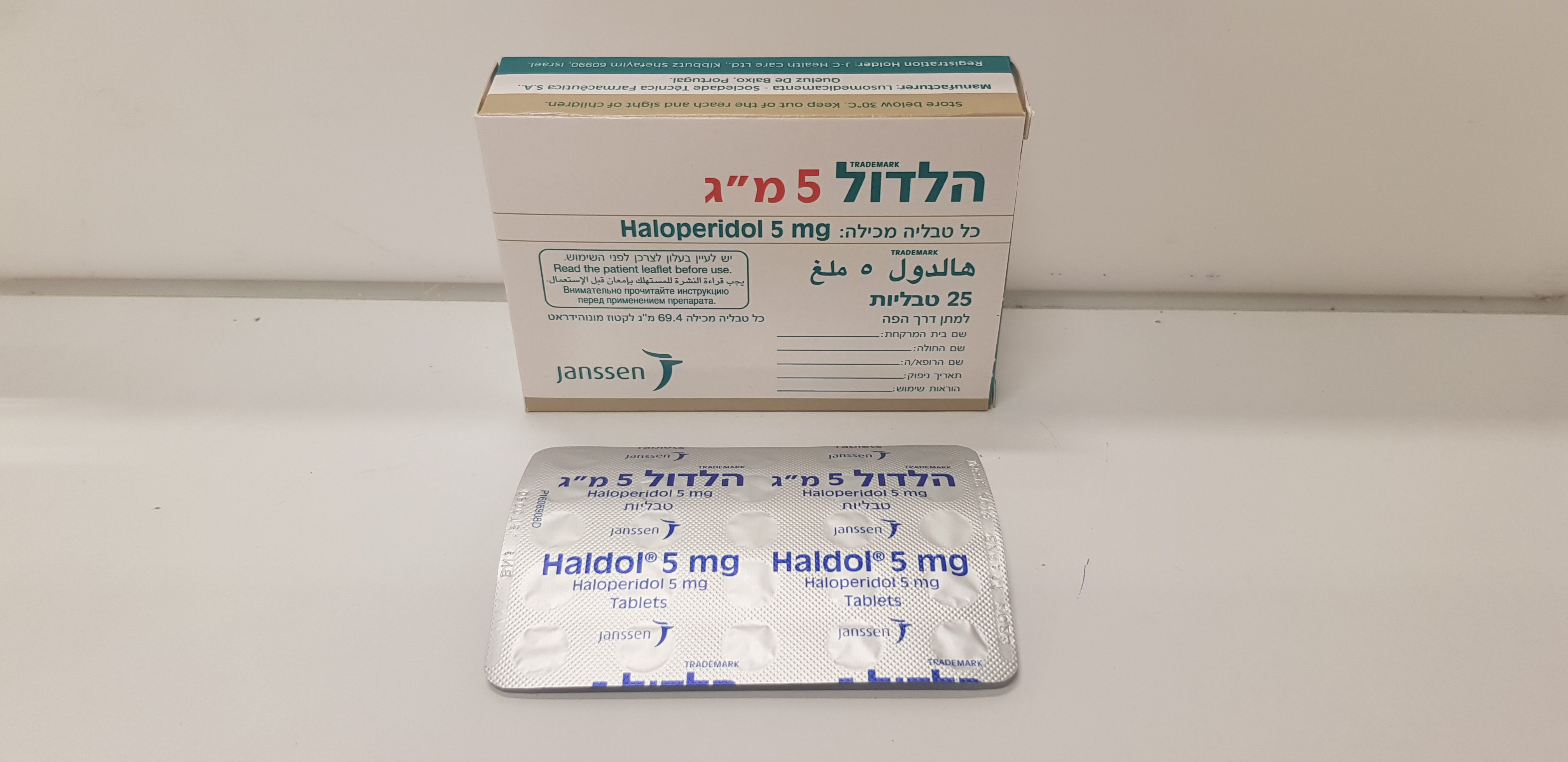Quest for the right Drug

הלדול 5 מ"ג HALDOL 5 MG (HALOPERIDOL)
תרופה במרשם
תרופה בסל
נרקוטיקה
ציטוטוקסיקה
צורת מתן:
פומי : PER OS
צורת מינון:
טבליה : TABLETS
עלון לרופא
מינוניםPosology התוויות
Indications תופעות לוואי
Adverse reactions התוויות נגד
Contraindications אינטראקציות
Interactions מינון יתר
Overdose הריון/הנקה
Pregnancy & Lactation אוכלוסיות מיוחדות
Special populations תכונות פרמקולוגיות
Pharmacological properties מידע רוקחי
Pharmaceutical particulars אזהרת שימוש
Special Warning עלון לרופא
Physicians Leaflet
Pregnancy & Lactation : הריון/הנקה
4.6 Fertility, pregnancy and lactation Pregnancy A moderate amount of data on pregnant women (more than 400 pregnancy outcomes) indicate no malformative or foeto/ neonatal toxicity of haloperidol. However, there have been isolated case reports of birth defects following foetal exposure to haloperidol, mostly in combination with other medicinal products. Animal studies have shown reproductive toxicity (see section 5.3). As a precautionary measure, it is preferable to avoid the use of HALDOL during pregnancy. Newborn infants exposed to antipsychotics (including haloperidol) during the third trimester of pregnancy are at risk of adverse reactions including extrapyramidal and/or withdrawal symptoms that may vary in severity and duration following delivery. There have been reports of agitation, hypertonia, hypotonia, tremor, somnolence, respiratory distress, or feeding disorder. Consequently, it is recommended that newborn infants be monitored carefully. Breastfeeding Haloperidol is excreted in human milk. Small amounts of haloperidol have been detected in plasma and urine of breast-fed newborns of mothers treated with haloperidol. There is insufficient information on the effects of haloperidol in breast-fed infants. A decision must be made whether to discontinue breastfeeding or to discontinue HALDOL therapy taking into account the benefit of breastfeeding for the child and the benefit of therapy for the woman. Fertility Haloperidol elevates prolactin level. Hyperprolactinaemia may suppress hypothalamic GnRH, resulting in reduced pituitary gonadotropin secretion. This may inhibit reproductive function by impairing gonadal steroidogenesis in both female and male patients (see section 4.4).

שימוש לפי פנקס קופ''ח כללית 1994
Psychotic disorders, Gilles de la Tourette's syndrome, Huntington's chorea
תאריך הכללה מקורי בסל
01/01/1995
הגבלות
תרופה שאושרה לשימוש כללי בקופ'ח
מידע נוסף
